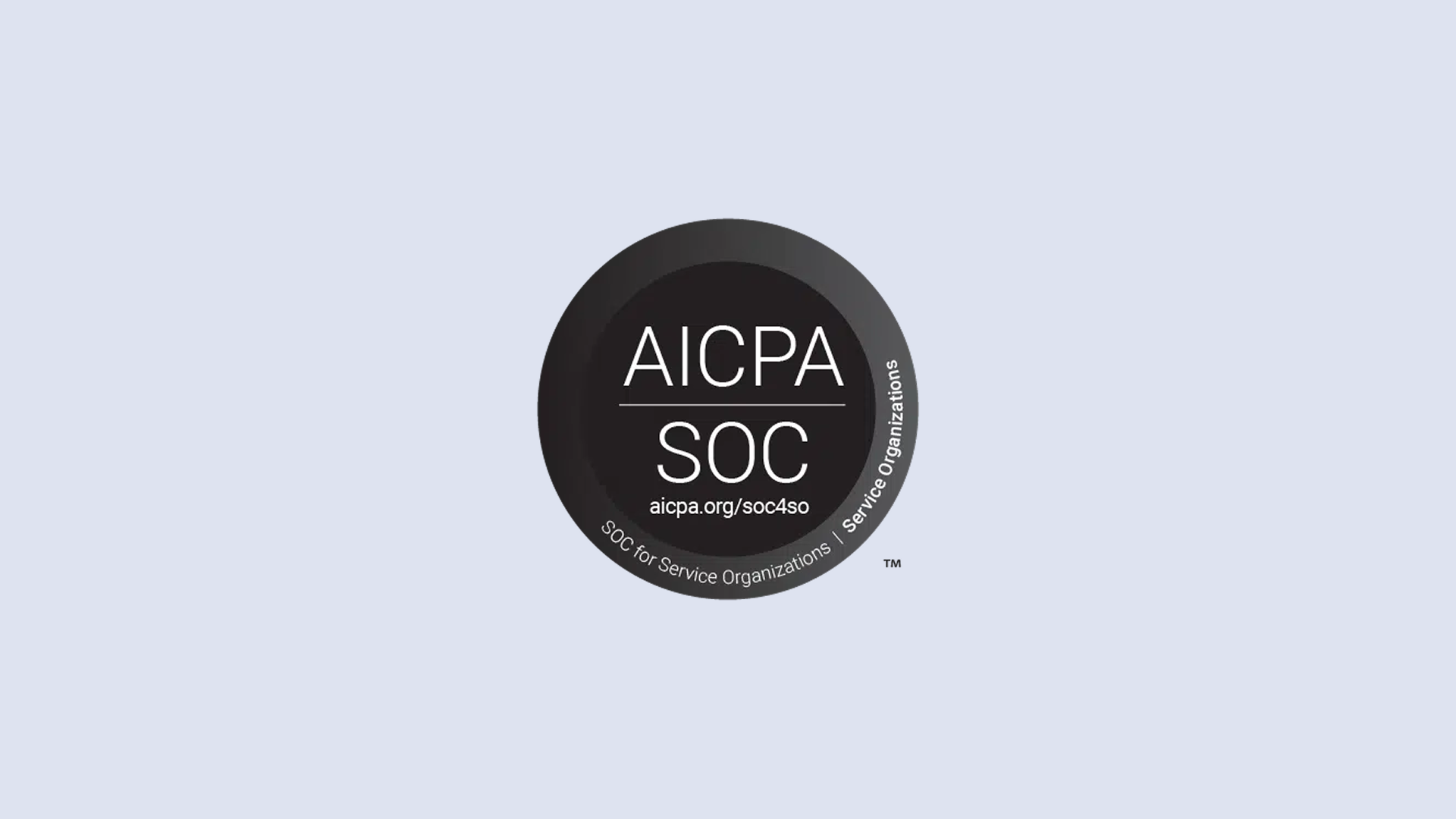Center for Epidemiological Studies Depression Scale for Children (CES-DC)
Recommended frequency: Every 2 weeks
Summary
The Center for Epidemiological Studies Depression Scale for Children (CES-DC) is a 20-item self-report scale that measures the severity of depression symptoms over the past week. The scale can be used by individuals between the ages of 6 to 17. All items inquire about the frequency of symptoms, which are rated on a 4-point Likert scale. It can be used as a screening tool for depression in children and adolescents and is demonstrated to be a reliable measure to monitor depressive symptoms.
Psychometric Properties of the CES-DC
The scale has demonstrated good to excellent internal consistency (αs = .84 – .92) and excellent concurrent validity with the Children’s Depression Inventory. The scale has demonstrated better 2-week test-retest reliability and psychometric properties with adolescents than when used by children.
Sources:













